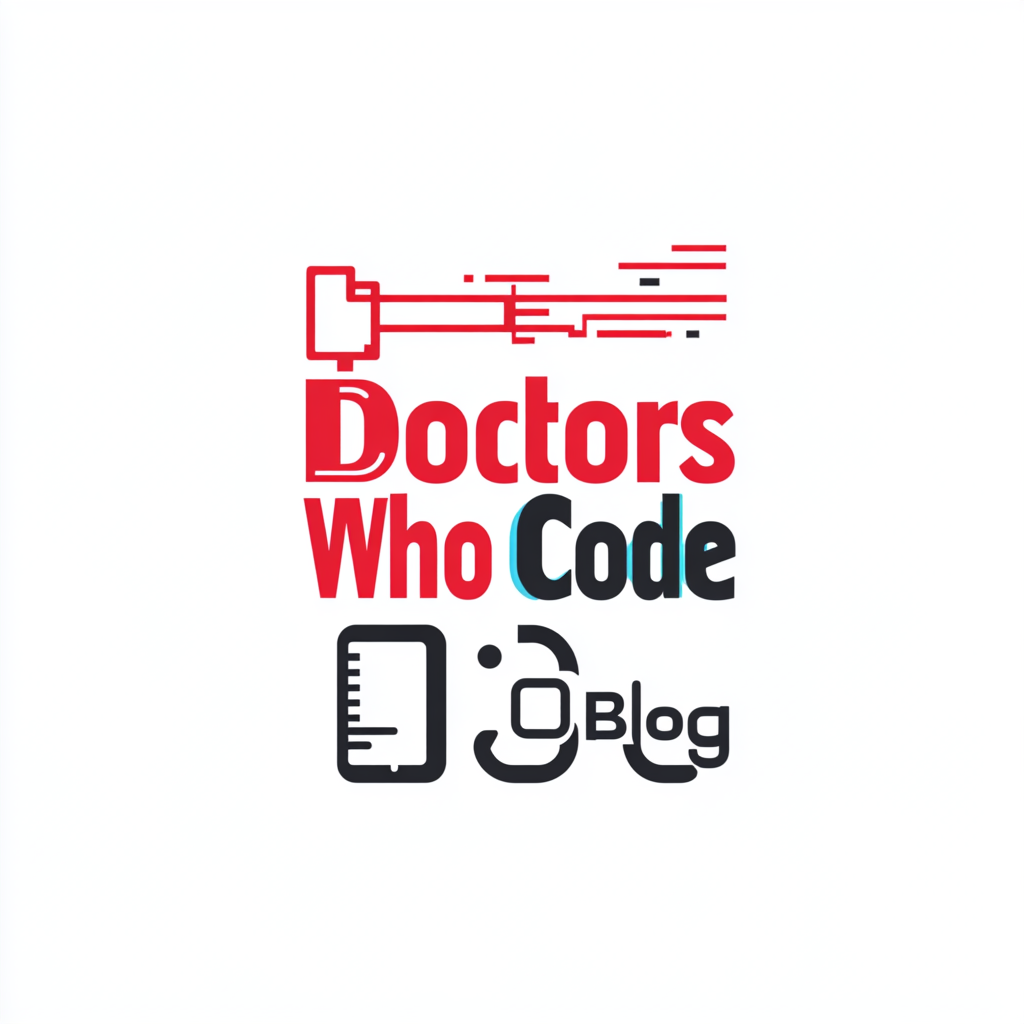A Critical Reassessment of “Consecutive Prediction of Adverse Maternal Outcomes of Preeclampsia Using PIERS-ML and fullPIERS models”
Deep Dive Podcast:
The Promise of Prediction in Maternal Care
Imagine being able to predict which pregnant patients are on the brink of severe complications with data-backed precision. That’s the holy grail in maternal-fetal medicine. Models like fullPIERS (using logistic regression) and the newer PIERS-ML (using machine learning) were designed to identify which women with preeclampsia face high risk of adverse maternal outcomes. Their primary function: flag danger within 48 hours of hospital admission, giving clinicians vital lead time to act.
The UK’s NICE guidelines even recommend using these models beyond their 48-hour design window—but this raises a critical question: are we pushing static AI beyond its limits, potentially gambling with maternal lives?
What the Research Reveals
A recent multicountry observational study tracking 8,843 women across five continents tested both models with concerning results:
- PIERS-ML showed strong predictive power on Day 0 (AUC-PRC = 0.65)
- Performance declined dramatically after 48 hours
- fullPIERS performed worse overall, rarely exceeding AUC-PRC of 0.4
As time progressed, both models’ accuracy deteriorated substantially. The researchers concluded that their utility beyond two days was questionable at best.
The Core Problem: Static Models for a Dynamic Disease
Preeclampsia is inherently dynamic. Blood pressure, laboratory values, and symptoms can shift hour by hour. Yet we’re applying static models that process data as if frozen in time.
This approach is comparable to using yesterday’s weather forecast to decide whether to evacuate today. No meteorologist would endorse such practice—so why should healthcare providers?
When clinicians use prediction models beyond their validated timeframes, they risk:
- False reassurance (“The model shows she’s fine”)
- Missing critical warning signs
- Implementing unnecessary interventions
Understanding Performance Drift
In machine learning, performance drift refers to how a model’s effectiveness degrades as conditions change—a reality rather than merely theoretical concern.
This occurs because:
- Clinical conditions evolve rapidly
- Patient status improves or deteriorates with treatment
- Laboratory values fluctuate naturally
Static models like PIERS-ML provide snapshots rather than continuous monitoring. They weren’t designed to incorporate the ongoing evolution of a patient’s condition, creating a fundamental mismatch that can lead to suboptimal clinical decisions.
The Future: Dynamic Models for Maternal Risk Prediction
If preeclampsia progresses like a film rather than a photograph, we need models that can analyze in real time. This means developing dynamic models that:
- Utilize time-series data
- Incorporate continuously updated vital signs and laboratory results
- Adapt predictions as new information becomes available
More sophisticated approaches like joint modeling, landmarking techniques, or recurrent neural networks (RNNs) trained on electronic health records represent promising directions. Healthcare technologists should prioritize developing these solutions now.
A Technical Example
Consider how we might begin modeling dynamic risk using Python and scikit-learn with time-series vital signs over a 10-day period:
from sklearn.ensemble import RandomForestClassifier
from sklearn.model_selection import TimeSeriesSplit
# Assume df contains daily labs, vitals, and outcome
tscv = TimeSeriesSplit(n_splits=5)
model = RandomForestClassifier()
for train_idx, test_idx in tscv.split(df):
X_train, X_test = df.iloc[train_idx][features], df.iloc[test_idx][features]
y_train, y_test = df.iloc[train_idx]['outcome'], df.iloc[test_idx]['outcome']
model.fit(X_train, y_train)
print(model.score(X_test, y_test))
This represents just a starting point. Comprehensive clinical systems should incorporate more advanced techniques like Bayesian updates, rolling window features, or hybrid human-AI approaches.
Conclusion
AI’s effectiveness depends on its clinical realism. With preeclampsia, timing is critical—and our predictive models must evolve accordingly. The challenge extends beyond mere prediction to when and how frequently we update our assessments.
The medical community needs to move beyond static tools and develop the next generation of dynamic maternal risk intelligence. With maternal lives at stake, we can’t afford to base critical decisions on outdated predictions.
Join the Solution
Are you a clinician, data scientist, or software developer passionate about improving maternal health outcomes? A collaborative team is now building next-generation dynamic prediction models for preeclampsia, and they need your expertise.
Visit https://preeclampsiawatch.com/ to join developers working on time-series approaches that could transform how we monitor this dangerous condition. Whether you can contribute code, clinical insights, or simply want to follow the project’s progress, your involvement could help save lives.
The future of maternal healthcare depends on bridging the gap between static predictions and the dynamic reality of preeclampsia. Be part of the solution.

